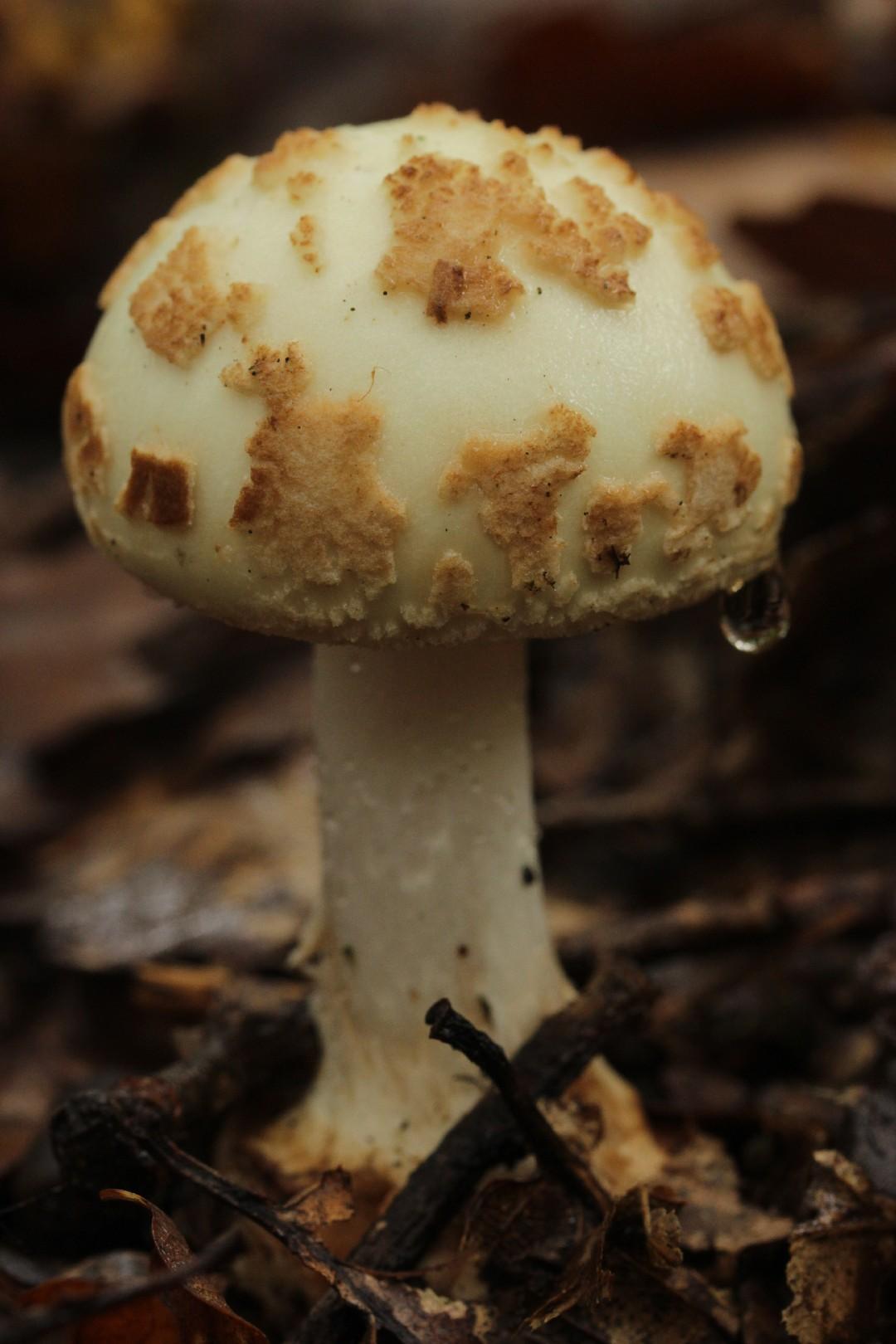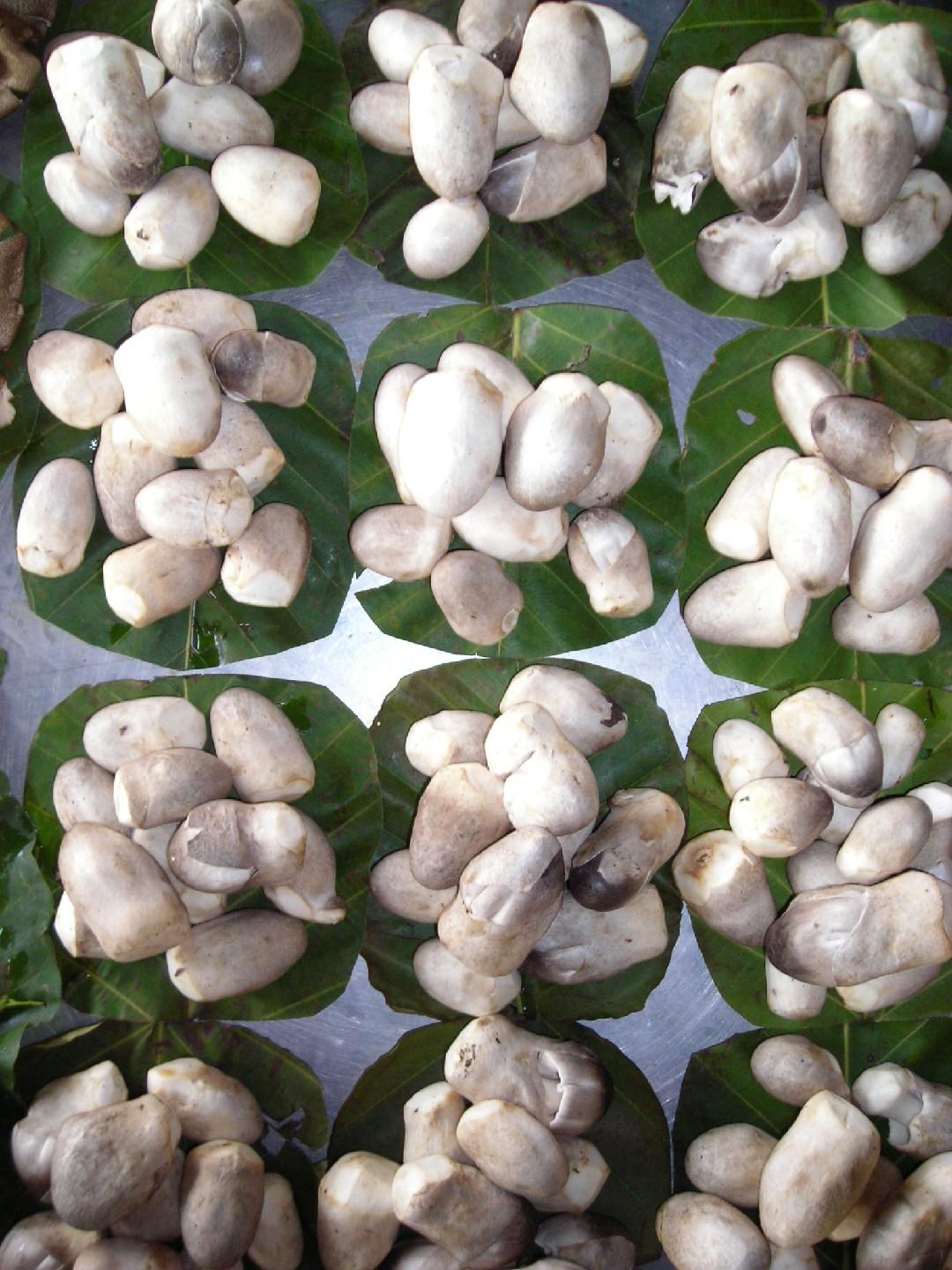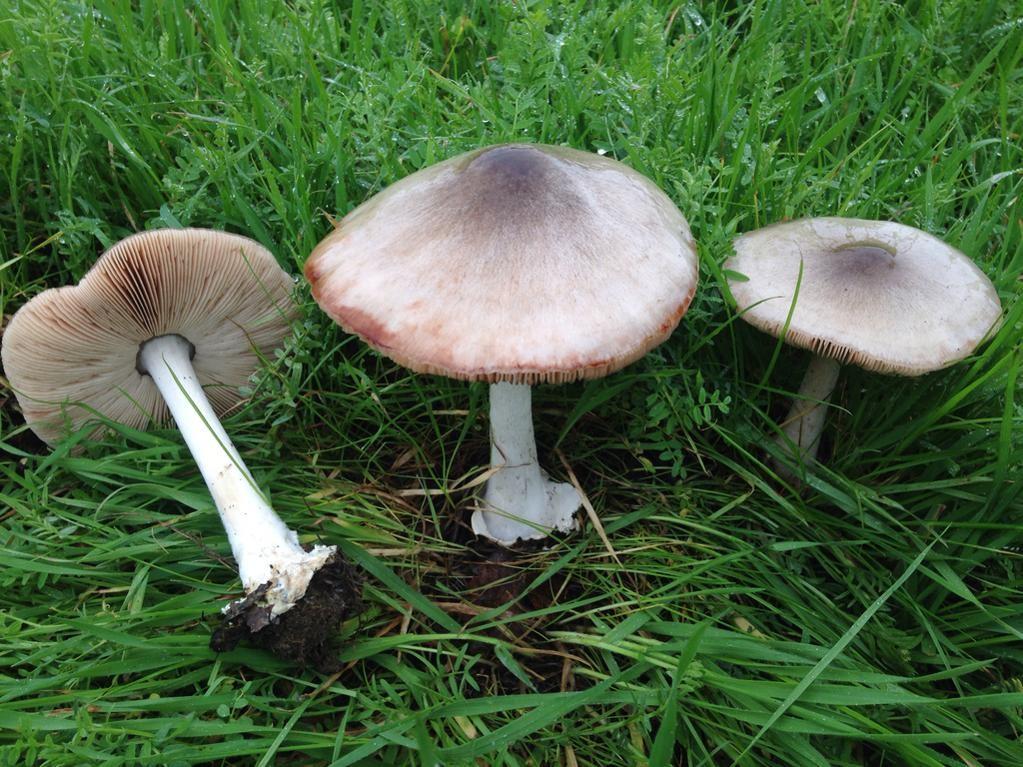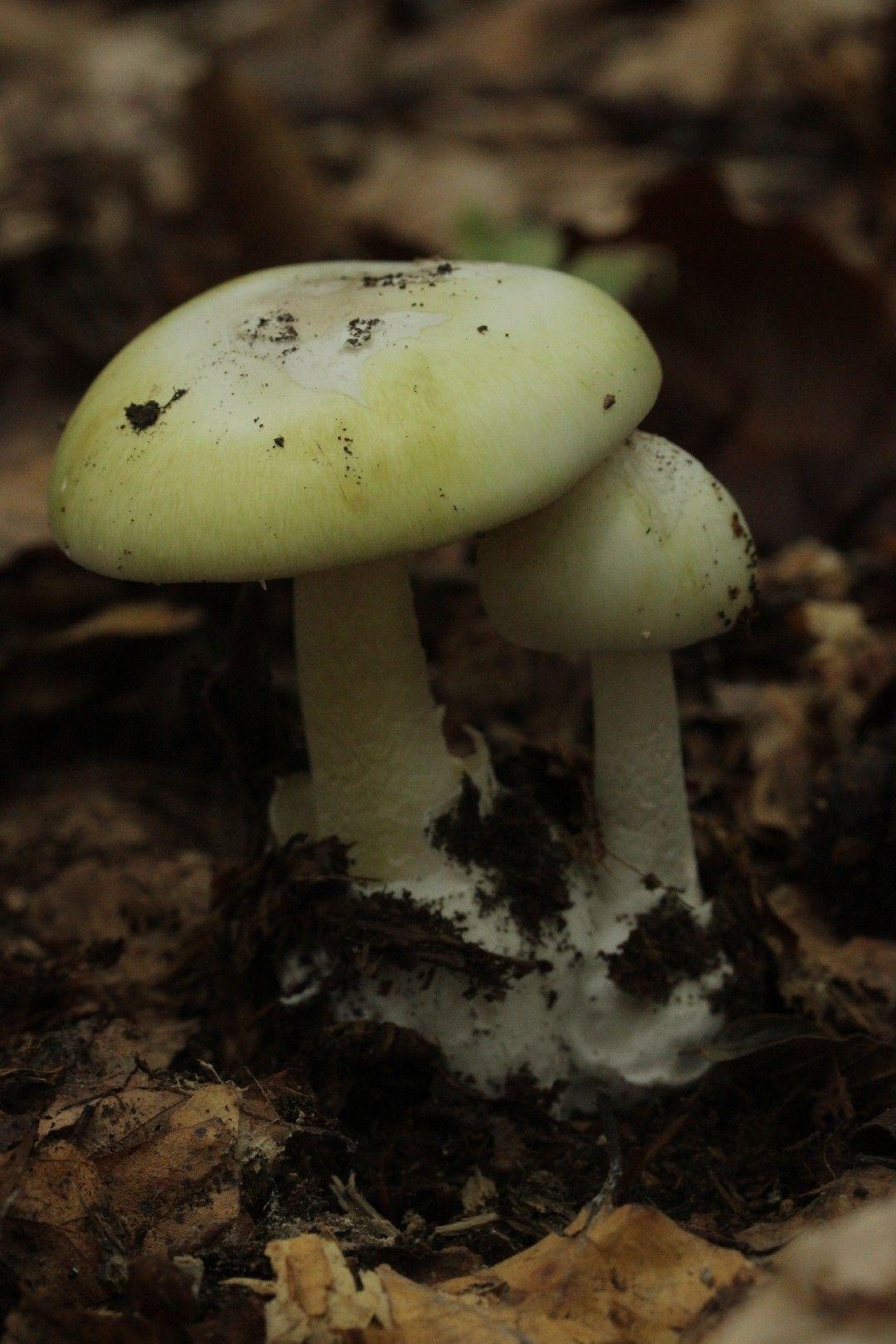

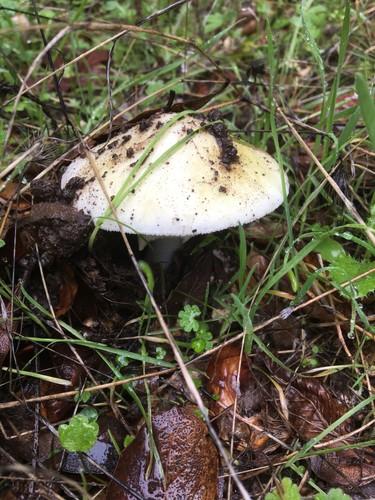
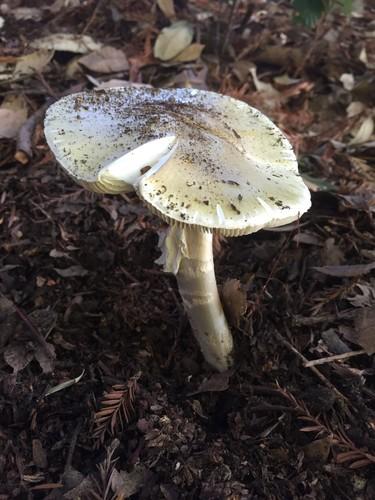
Death cap
Amanita phalloides
A species of Amanita mushrooms.
The death cap mushroom accounts for the majority of global mushroom poisoning deaths. Its potent toxins inflict severe damage on the liver and kidneys, necessitating urgent medical attention within a few hours of consumption. This fungus closely resembles various other mushroom species at different growth stages and has been a tool in assassinations dating back to ancient Greece.
Attributes of Death cap
Scientific Classification of Death cap
Toxicity and Edibility of Death cap
Is Death cap Toxic?
You can often encounter the Death cap mushroom in both broadleaf and needle-leaf forests during temperate periods. Its toxic compounds can initially trigger symptoms such as sickness, fatigue, and stomach pains, potentially progressing to issues with blood circulation. In advanced stages, it can cause significant harm to the liver and heart. Its identifiable white gills and a cap with a greenish tint assist in distinguishing the Death cap from edible types.
Is Death cap Toxic to Dogs?
Death cap can be dangerous to dogs. If your pet has consumed this mushroom, seek immediate veterinary attention. Symptoms may vary, but early intervention is crucial for the best outcome.
